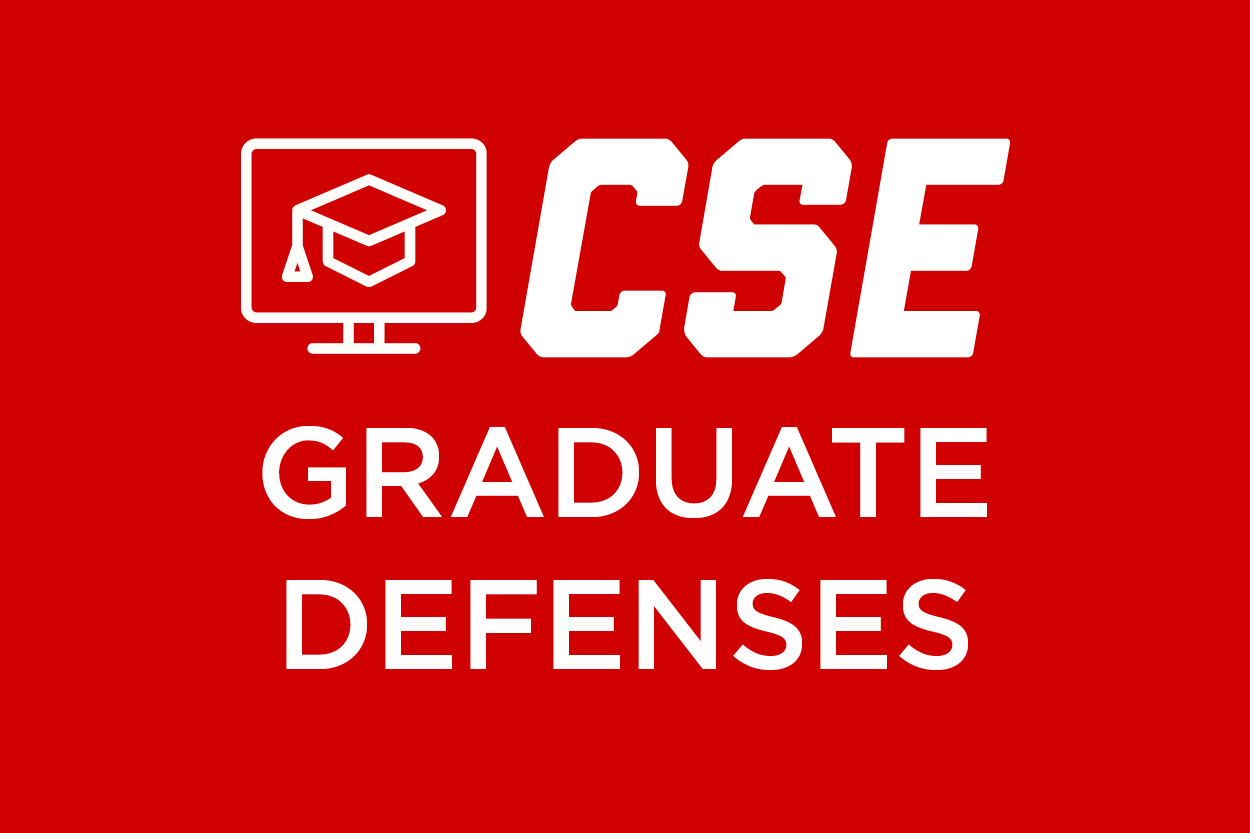
Master's Thesis Defense: Daniel A. Rico
Thursday, July 22
3:00 PM (CST)
347 Avery Hall (and Zoom)
Zoom: https://go.unl.edu/ricodefense
Meeting ID: 874 450 7552
Passcode: 0112358
Title: "Power-over-Tether Unmanned Aerial System Leveraged for
Trajectory Influenced Atmospheric Sensing"
Abstract: The use of unmanned aerial systems (UASs) in agriculture has risen in the past decade and is helping to modernize agriculture. UASs collect and elucidate data previously difficult to obtain and are used to help increase agricultural efficiency and production. Typical commercial off the-shelf (COTS) UASs are limited by small payloads and short flight times. Such limits inhibit their ability to provide abundant data at multiple spatiotemporal scales. In this thesis, we describe the design and construction of the tethered aircraft unmanned system (TAUS), which is a novel power over-tether UAS configured for long-term, high throughput atmospheric monitoring with an array of sensors embedded along the tether. This was accomplished by leveraging the physical presence of the tether to integrate an array of sensors.
With power from the ground station, the TAUS can acquire continuous volumetric data for numerous hours. The system is used to sense atmospheric conditions and temperature gradients across altitudes. We present the development of the prototype system, along with a discussion of the results from field experiments. We discuss the influence that power losses across the tether have on the sensors’ abilities to accurately sense atmospheric temperature. We demonstrate a 6-hour continuous flight at an altitude of 50 feet, and a 1-hour flight at sunset to acquire the gradually decreasing atmospheric temperature from an array of 6 sensors. We then modeled the TAUS and sensor array to computer simulate four trajectories (mower, spiral, star, and flower) for the TAUS and evaluated the system and sensing performance via well-defined factors. We conducted outdoor experiments to characterize system performance while in operation and to inform the development of models and trajectory simulations. From the analysis of the experimental data, we found minimal sensing error with respect to ground truth installations at comparable altitudes. Leveraging the simulated trajectory outcomes we reconstructed the changing input temperature fields. The analysis of the simulated data indicated that the power-tethered Star trajectory performed well with respect to key performance factors when measuring changing atmospheric fields. The TAUS will be improved by incorporating multi-variable sensors and an optimal control algorithm for elevated levels of operational autonomy.
Committee:
Dr. Carrick Detweiler — Computer Science and Engineering
Dr. Francisco Munoz-Arriola — Biological Systems Engineering/School of Natural Resources
Dr. Justin Bradley — Computer Science and Engineering